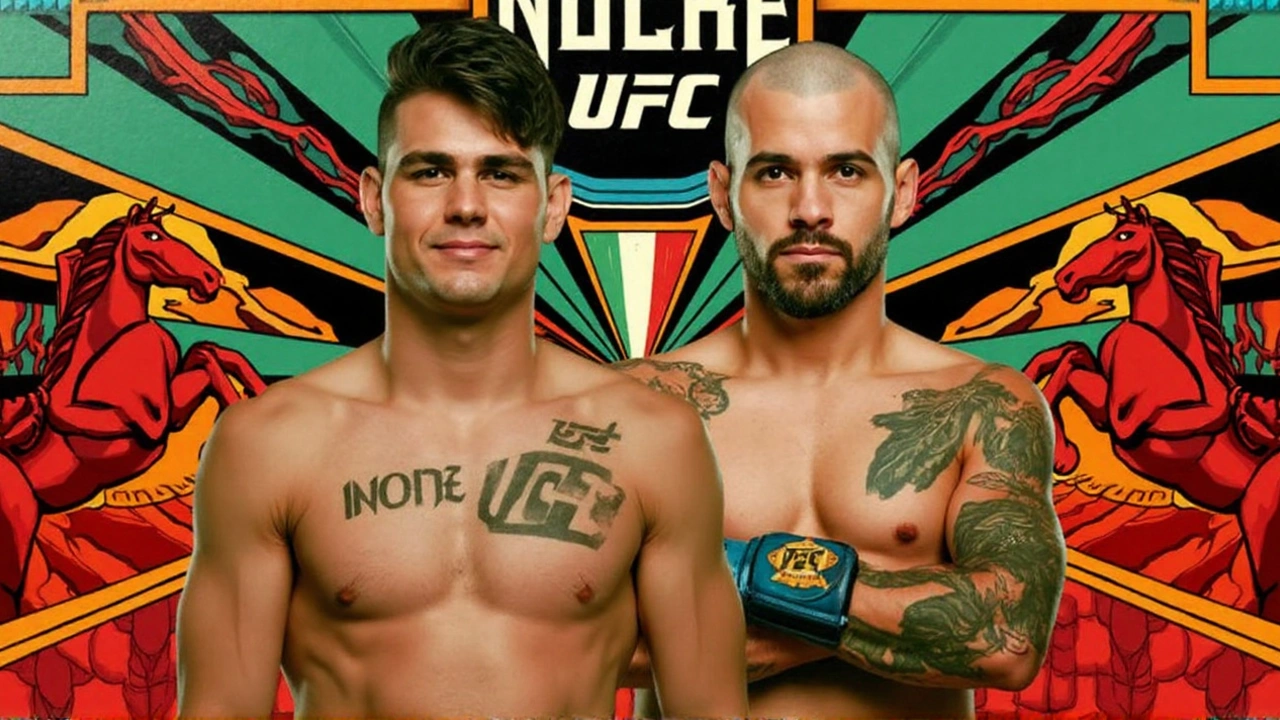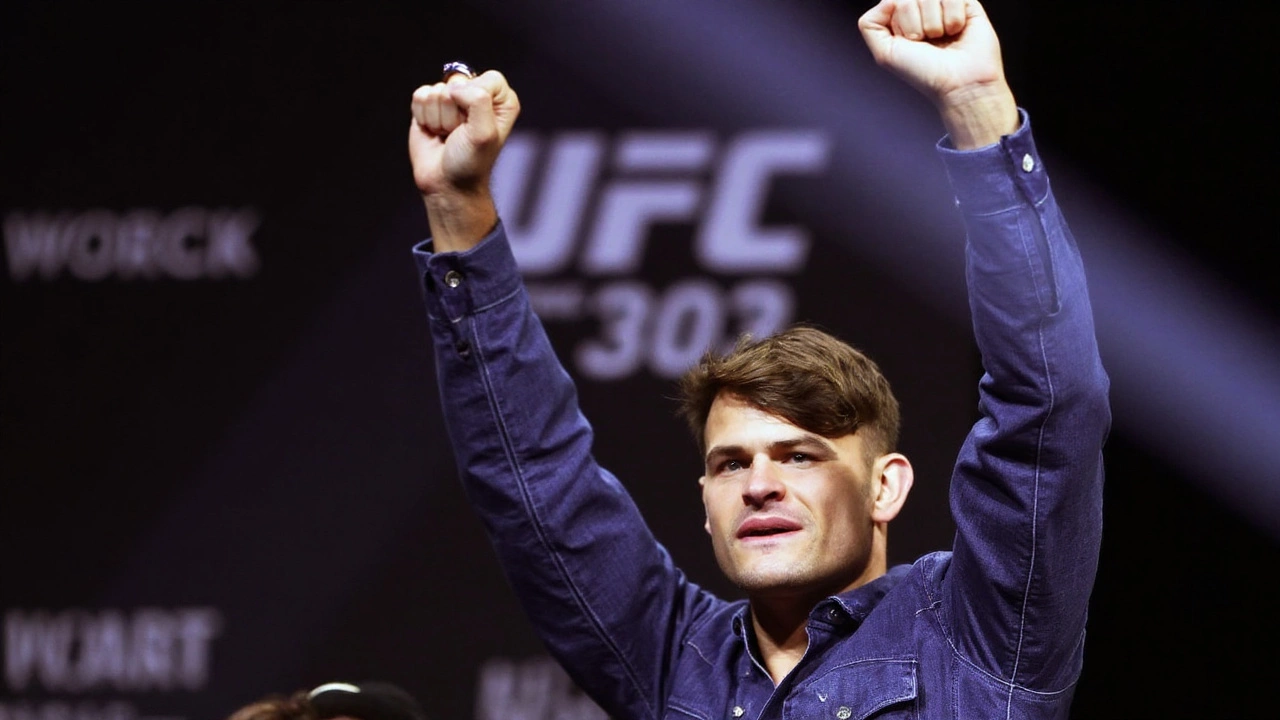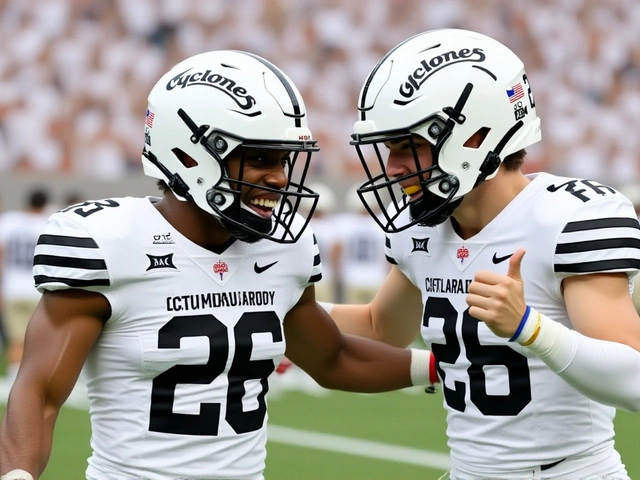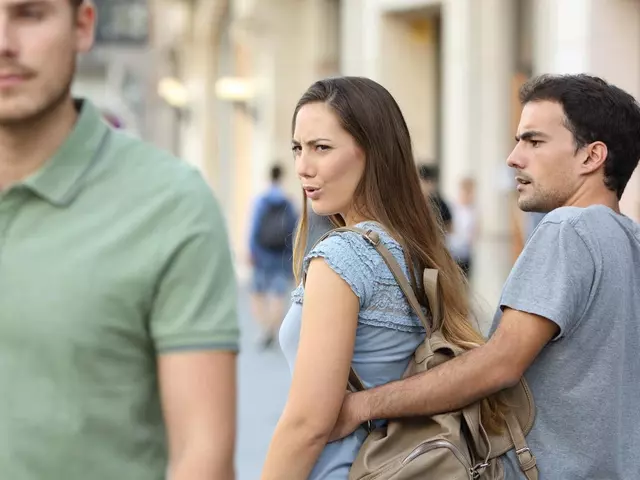
A poised performance capped by a violent finish
One elbow ended it. In the second round of their featherweight clash at Noche UFC in San Antonio, Diego Lopes split the fight wide open with a crushing elbow that forced a stoppage and quieted any doubts about where the momentum was heading. He had already banked control with a heavy grappling start; the finish made sure there was no debate.
UFC Fight Night 259, the Noche UFC card at the Frost Bank Center, carried an edge from the opening bell. Lopes met Jean Silva with composure, not chaos. He changed levels early, turned the corner on a clean takedown, and settled into a steady, punishing rhythm. You could see the hours of mat time in the way he held position—no wasted grips, no rushed scrambles, just pressure that made Silva work for every inch.
The first round read like a lesson in controlled violence. Lopes used smart cage positioning to pin Silva, dragged him off the fence when he tried to post, and mixed short, annoying shots with shoulder pressure to force mistakes. The striking wasn’t flashy, but it didn’t need to be. The point was to drain Silva’s legs and make the cage feel small. That’s what carried into round two—and that’s when the opening finally appeared.
Silva came out sharper after the stool, as if he knew the fight was slipping away. He tried to reset the range and make Lopes pay for entries with quick counters and a stubborn sprawl. But the feints were already doing their job. Lopes kept showing level changes, tugging at Silva’s guard and pulling his eyes low. When Silva bit on the motion, the elbow sneaked over the top. It wasn’t wild. It was placed. And it landed flush enough to force the referee in before Silva could fully recover.
Afterward, Lopes didn’t oversell it. He said he felt the opening, trusted his read, and went. That was the story in miniature: patience first, violence second. He earned the finish with the work he did in the first round—constant mat returns, steady hand fighting, and the kind of balance that lets you posture up without giving an inch beneath you.
The sequence that set up the end was all about layers. By round two, Silva was reacting to the takedown threat, widening his base, and guarding the hips. Lopes fainted a level change, crowded the pocket, and used a short frame to create space for the elbow. The shot snapped through and immediately changed Silva’s posture. Lopes followed with punches until the referee called it. No controversy in the body language—Silva was hurt, and Lopes was pouring it on.
This was a smart, clean performance—less about a single highlight and more about building toward one. The Oklahoma State-style influence showed in the way Lopes chained efforts together: attempt, counter the counter, ride the scramble, drag back to mat. That pace grinds on opponents even when nothing “big” happens. By the time Silva stood tall, his reactions were a beat behind—and that’s exactly when the elbow arrived.
Silva did not fold easily. He worked to his base after the first takedown, fired knees in the clinch, and tried to force long exchanges where his hands could matter. He had moments. But he spent too much time worrying about being grounded and not enough time setting his own traps. When a fighter is splitting attention between underhooks and uppercuts, the reads get muddled. Lopes kept him guessing and then punished the guess.
Technically, what stood out was Lopes’ decision-making. He didn’t chase submissions that weren’t there. He didn’t try to prove a point in the pocket. He played the percentages—tight rides against the fence, safe posture on top, short offense until posture broke, and then a step on the gas when Silva’s defense opened. The elbow wasn’t an accident; it was the payoff to dozens of small, disciplined choices.
Wins like this do more than pad a resume—they shape matchups. Opponents now need to think about whether they can survive the grind long enough to find their offense. That question, more than any single highlight, changes how a division looks at you. When a fighter can win minutes and seize moments, he’s a problem for both wrestlers and strikers. And that’s where Lopes is trending.

A night owned by Mexican fans—and what it means next
Noche UFC isn’t just another date on the calendar. It’s built around Mexican heritage and the fans who bring that energy into the arena. In San Antonio, that energy felt loud and personal. Mexico-born fighters went 5-0 on the card, hammering home the point that this night is more than a theme—it’s a platform. Lopes leaned into that moment in his comments, praising the run and acknowledging what it meant for kids watching at home who see fighters who look and sound like them winning big under the lights.
That collective sweep matters. It changes how matchmakers talk about future cards and how those fighters are positioned in marquee spots. Momentum in combat sports isn’t just about who you beat; it’s about timing, stage, and the conversation that follows. A standout finish on a night where your peers go undefeated can push you into bigger slots and tougher names faster than a quiet decision tucked on an undercard.
For Lopes, this win fits the pattern that elevates careers: a composed first round that takes away options, followed by a violent second that ends the questions. He didn’t need a slow build or a desperation rally. He set the pace, set the traps, and closed the book when he saw the page turn. That’s the type of tape that gets played in meeting rooms when the next wave of matchups gets drawn up.
Where does Silva go from here? Back to the gym with clear homework: stop the first takedown, fight the hands sooner on the fence, and punish the approach with preemptive strikes instead of purely reactive counters. The tools are there—toughness, hand speed, and a willingness to fire when the window opens. The challenge is buying enough time to show those tools before a wrestler’s pressure starts taking oxygen out of the exchanges.
As for Lopes, the next step is about keeping this formula intact against better opposition. Everyone up the ladder watches the same film. They’ll try to make him pay for level changes, clap on front chokes, and force ugly clinch breaks. That means cleaner entries, even more diligent hand fighting, and finishing sequences that don’t leave him stranded on a leg. The upside is obvious: if he keeps winning early minutes and cashing out with timely damage, he’s going to keep climbing.
There were no official numbers shared cageside at press time, but the story didn’t need stats to tell it. Lopes controlled when it mattered and hit cleaner when it counted. The referee’s timing on the stoppage reflected what everyone saw—Silva was compromised, and Lopes was not giving him a breath to reset.
San Antonio played its part too. Fight cities have a way of tilting the mood of a card, and the building buzzed in a way that made every swing feel heavier. On a night designed to spotlight Mexican and Latino fighters, the results matched the intent. That synergy—theme, performance, atmosphere—doesn’t happen by accident. It happens when fighters show up prepared and seize the moment when it’s there.
So yes, one elbow ended it. But the win was built long before the referee waved it off—on the mat, in the clinch, and in the small choices that add up to big outcomes. Lopes left with a TKO and a little more shine. Silva left with lessons and no quit. And Noche UFC left with the storyline it wanted: a clean sweep for Mexico-born fighters and a fresh contender forcing his way into louder conversations at featherweight.





